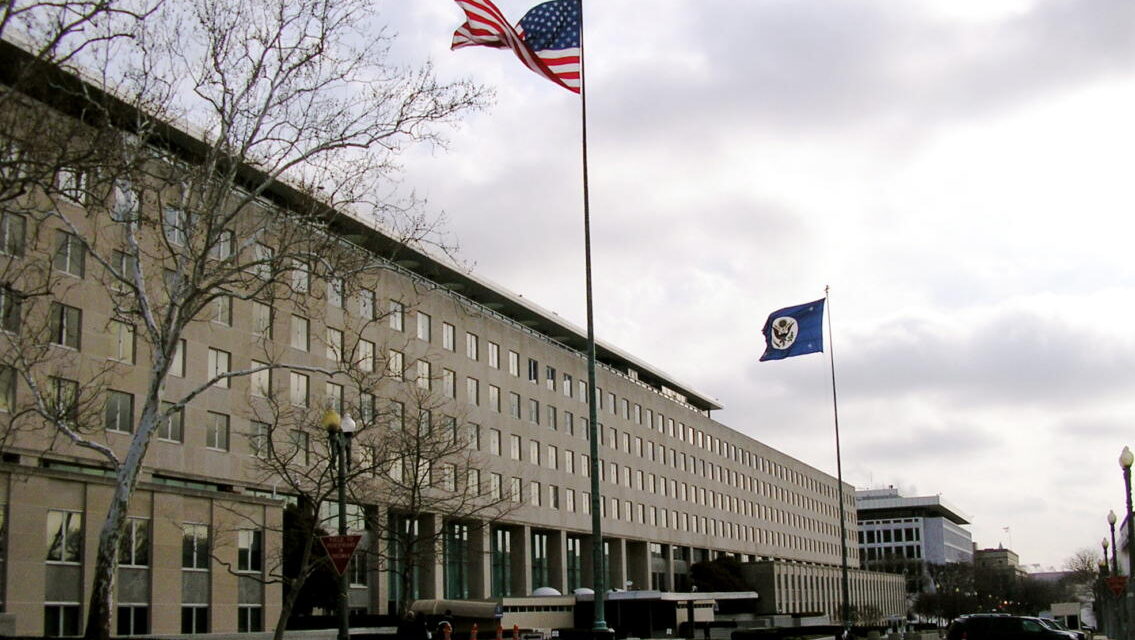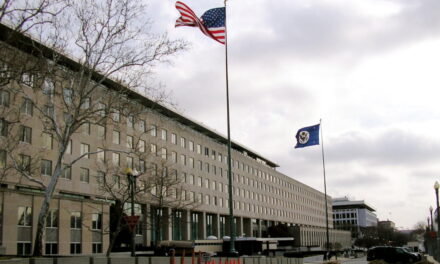.
A discussion about former New York Times reporter Dexter Filkins, triggered a deeper investigation in understanding about the earliest reporting from East-Ghouta on the day of the gas attack. The advocacy group Syrian Support Group of Brian Sayers has some explaining to do.
The Syrian Question by Dexter Filkins on Aug. 23, 2013 also published @Syrian Freedom
(The New Yorker) – But Wednesday’s early-morning attack appears to be something very different in scale. According to reports from the scene, four large rockets landed in the Damascus suburb of East Ghouta at just after 2 A.M. This time, the gas appeared to be more concentrated: on Thursday, the Syrian Support Group (S.S.G.), a rebel advocacy organization in Washington, put the death toll at 1,302, with nearly ten thousand others contaminated. Two-thirds of the dead were women and children, the group said. [Ghouta was evacuated as the suburb has been under heavy bombardment by the Assad regime – Oui]
… On Thursday, S.S.G. put me in touch with Mohammad Salaheddine, a Syrian reporter and activist who lives in the Damascus area and works for Al Aan TV, which is based in Dubai. Salaheddine told me that he arrived in East Ghouta minutes after the area was struck by four rockets containing poison gas.
“There were so many people I could not count them,” Salaheddine said of the hospital. Many of the people, he said, were weak and couldn’t breathe; the doctors were trying to give injections of atropine, an antidote, to as many of the victims as they could, and administer oxygen to others.”
“People were panicking,” he went on. “They were saying, Am I dead or am I alive?”
Continued below the fold …
The worst moment, Salaheddine said, came when he found three women huddled together in the hospital; a young woman, her mother, and her grandmother. All were suffering the symptoms of poison gas, he said, and each was trying to comfort the others. “I was trying to rescue the grandmother,” Salaheddine said. “She was dying. I was trying to give her oxygen. She kept saying to me, ‘My son–my heart, my heart.’ She was gasping for air. She was in agony. She died in my arms.”
Before we hung up, Salaheddine told me he hoped that his story would goad the United States into action. “I want you to pass a message to the U.S. leadership: America has great power and influence and can make a difference. We are suffering. It’s been too long.”
NY Times – Obama Officials Weigh Response to Syria Assault Aug. 22, 2013
“Mr. Salaheddine was reached by Skype on Thursday with the help of the Syrian Support Group, an American-based organization that backs the opposition.
He asserted that more than 1,500 people had been killed by the chemical attack and that many more had been wounded. The area, he said, was cut off by the fighting, making it hard for opposition members to smuggle hair, urine and blood samples out for analysis.
Adding to the opposition’s frustration, two of its officials said that none of the weapons American officials said would be provided by the C.I.A. had yet been delivered.”
East Ghouta Report by Syrian Support Group Aug. 22, 2013
“The areas attacked are heavily populated, and are under the ontrol of the FSA. Doctors and activists report that people’s windows were open during the night, allowing high concentrations of gas to pour into homes.
Many civilians were found simply unconscious in the street. Mohammad Salaheddine, a journalist/activist based in a Zamalka hospital at the time the victims began to arrive, says ‘the dead were loaded into large pick-up trucks by the hundreds,and were taken to three large mass graves in Zamalka, Ain Turma, and Arbeen. The bodies were placed inside, and dirt was bulldozed to bury them.'”
Another Halabja?
Horrifying reports of Assad’s biggest chemical attack by Michael WeissHuman Rights Watch Report (HRW) did not have any evidence to suggest that, whatever substance was used, this was the result of a conventional round accidentally striking a chemical or gas facility in the surrounding area. The New York-based NGO also spoke to one doctor working in the medical center at Arbeen who claimed that activists told him 18 missiles were fired “from the direction of the October War Panorama, a military museum in Damascus city, and of Mezzeh military airport, hit Zamalka, Ayn Tarma, Douma, and Moadamiya.”
The Syrian Support Group (SSG), a U.S.-licensed rebel aid provider, cited one very early report that preceded the HRW briefing that was relayed by Mohammed Salaheddine, a journalist with Al Aan TV and an eyewitness to the early-morning attacks. Salaheddine claimed that four rockets hit Eastern Ghouta, the first striking Zamalka, the second Ayn Tarma, the third Jobar, and the fourth Zamalka again. He said these were all Grad 122-mm rockets and came from the Damascus-Homs highway near the Baghdad Bridge (southern Damascus), and the other two came from Qabun (north of Jobar). (Note that the Baghdad Bridge is near the Nusariyeh chemical research facility, which the regime currently controls.)
These attacks appeared to have preceded a rapid buildup of conventional military forces around Eastern Ghouta which, according to Salaheddine, included 30 tanks and “several thousand regime soldiers.” [Would this build-up of soldiers be logical with a simultaneous neurotoxin gas attack on Ghouta? – Oui] Non-chemical rocket attacks continued from the direction of Mezze Air Base in Moaddamiya, presumably launched by the Fourth Division. “Large explosions could be heard in the background during the call with Mohammad,” the SSG emailed.
Samantha Power cited the UN Report and found 122mm rockets!!
US ambassador to the UN Samantha Power said: “The technical details of the UN report make clear that only the regime could have carried out this large-scale chemical weapons attack.” The 122mm rockets cited in the report, according to Power, were previously linked to government forces.
Samantha Power speaks at UN about Ghouta Inspection Report – video
Syrian rebels open US lobbying agency
WASHINGTON (DC) (TheNational.ae) Feb. 7, 2013 – Brian Sayers is a former Nato political officer lobbying in the corridors of Washington on behalf of Syrian rebels fighting the regime of Bashar Al Assad, the country’s president.
Not all the rebels, of course. Washington only publicly supports those rebel groups it is convinced are committed to a secular, democratic Syria. Consequently, only a select group of fighters qualify to receive funds from the Syrian Support Group (SSG), the organisation where Mr Brian Sayers works [LinkedIn states per June 2013 job at Oak Global Tech (?) – Oui] and the only group licensed by US authorities to fund the rebels. New policy director at SSG is Max Stahlberg, previous job a senior editor at Public International Law & Policy Group (PIPLG).
Those constraints are at least one of the reasons why the Syrian National Coalition (SNC), the main anti-Assad political bloc, announced this week that is it planning to open offices in Washington and New York. Najib Ghadbian, an associate professor of <strike>political science and</strike> King Fahd Center for Middle East studies at the University of Arkansas who was born in the Damascus suburbs, will lead both offices. Link to SCPSS [Arabic – Google translation].
… All the money that the SSG sends to Syria is currently from private donations, though Mr Sayers refused to specify the amount. Most of the funds are earmarked for rebels’ salaries, and none of it is to be used to buy weapons. But verifying the money trail is difficult.
“At the end of the day it’s not funding that could be diverted for the most part. It’s not been enough for lethal purposes. That’s not within their purview anyway,” he said.
Besides helping the insurgents’ payroll, the SSG hopes to provide them with training on dealing with a chemical-weapons attack and on the Geneva Conventions and other international law pertaining to conduct during war.
- ○ Al Aan TV Dubai – search for صلاح الدين (Salaheddine)
Questions to be asked:
Who is Mohammad Salaheddine?
Is he a reporter for Al Aan TV in Dubai?
Activist, linked to an opposition group in Damascus?




